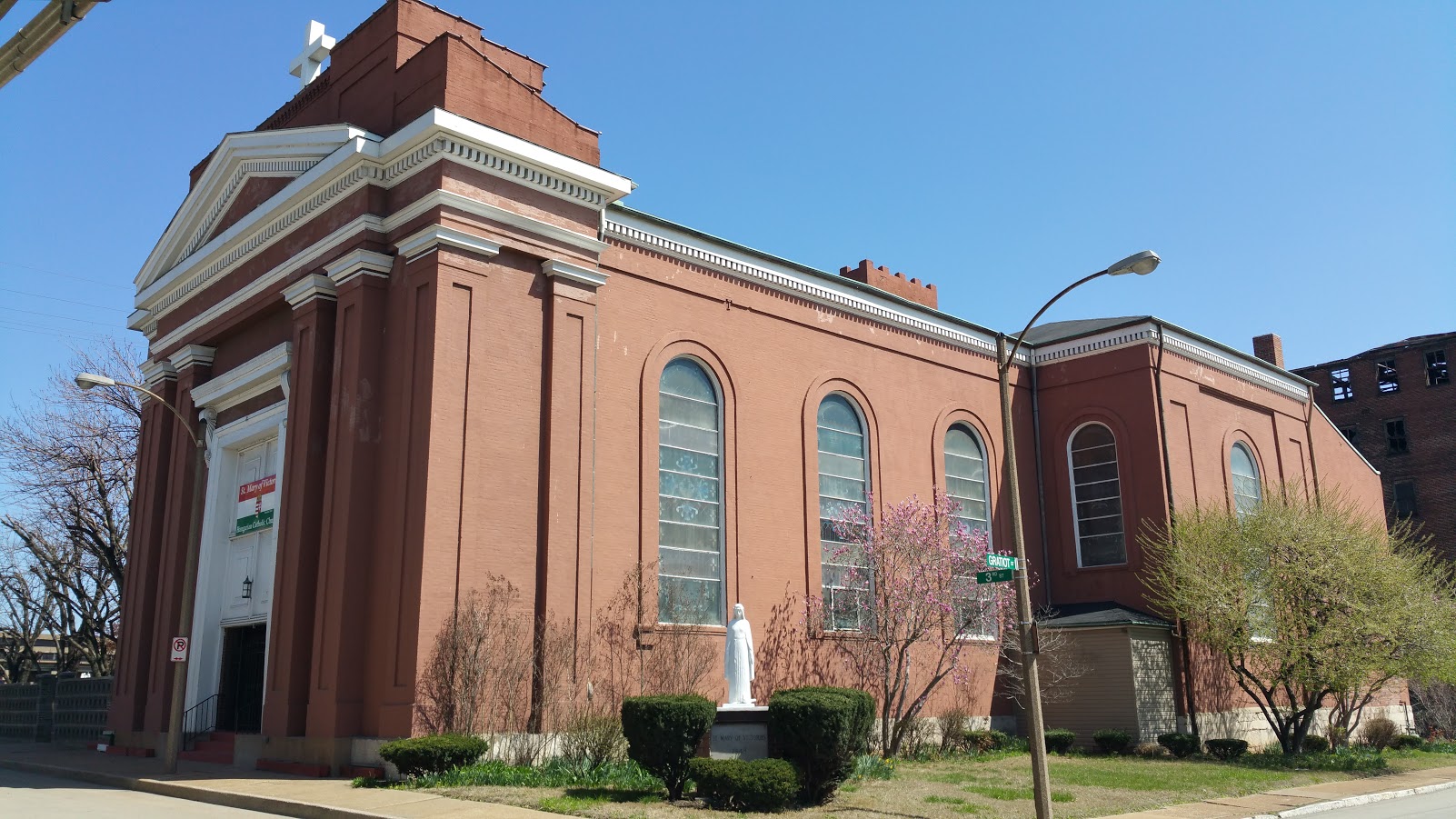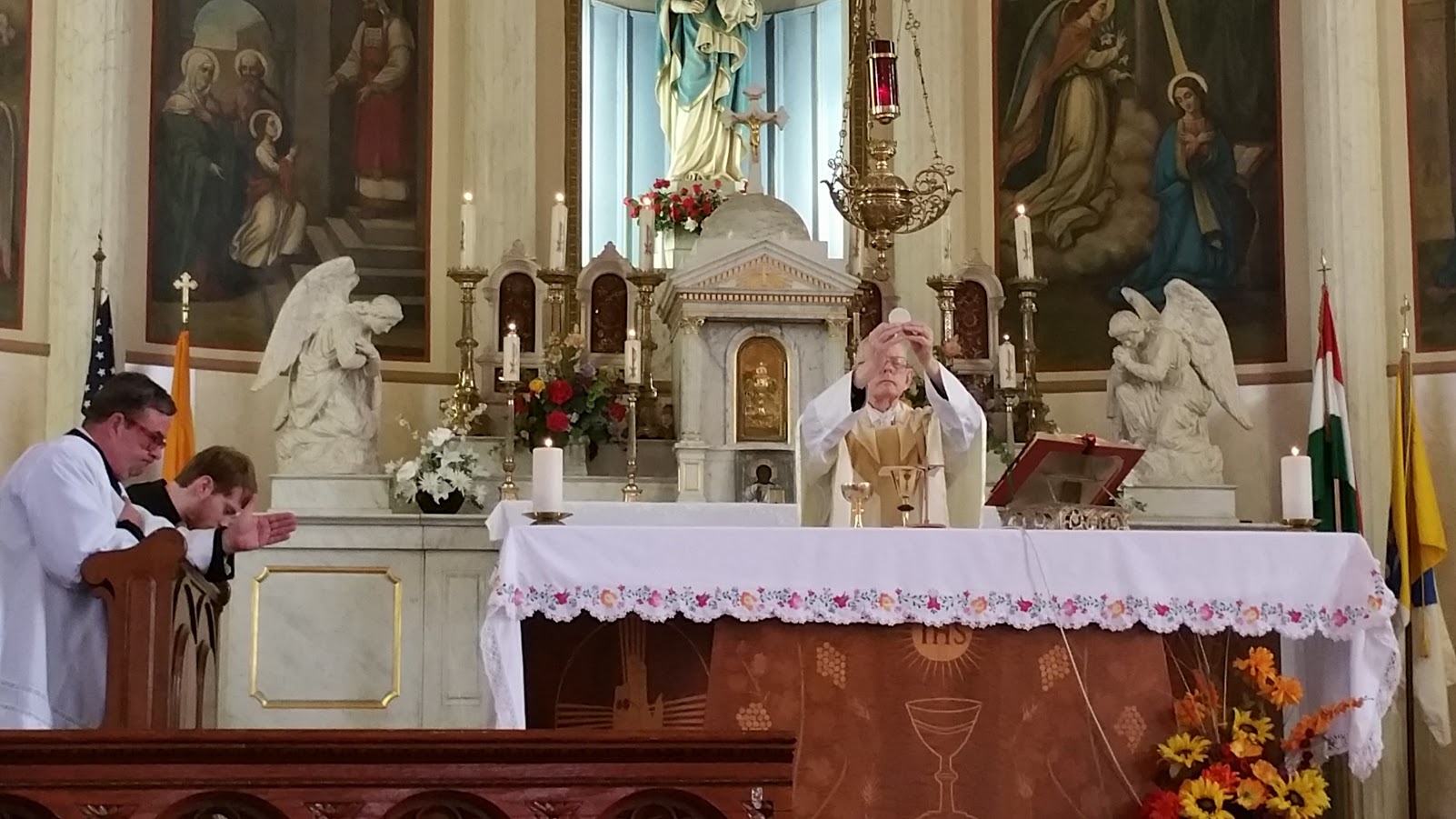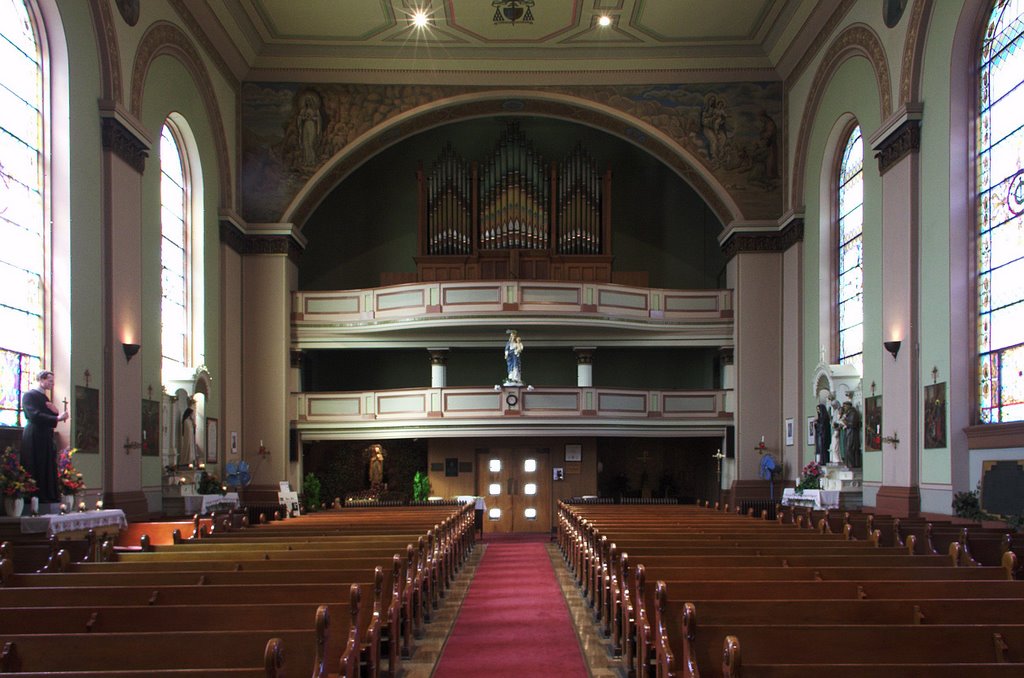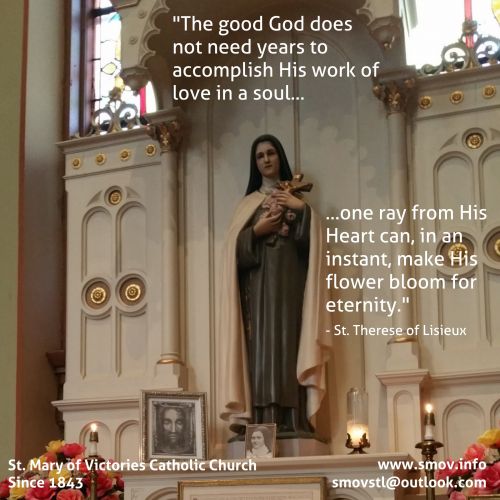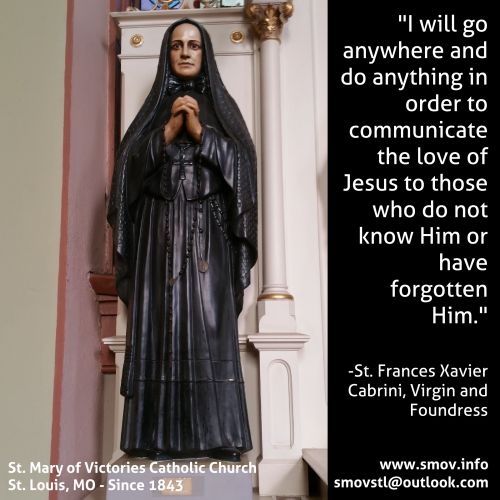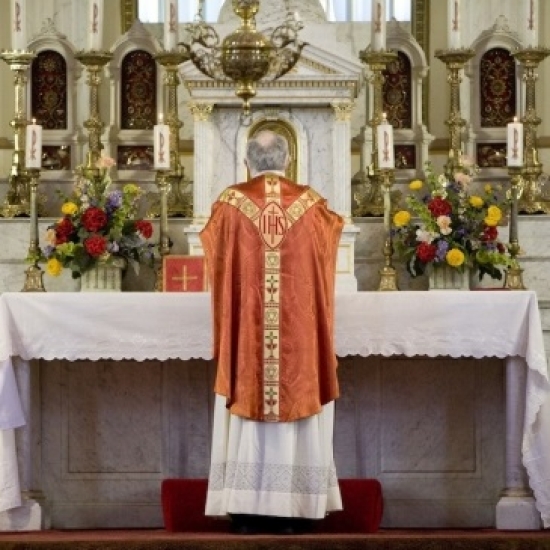3 November 2019, 31st Sunday in Ordinary Time (Year C)
Introit (Year C): Misereris omnium
Rite of Sprinkling: Antiphon: Asperges me, PBC, p. 22
Offertory: May the grace of Christ our Savior, p. 300
Communion: Notas mihi
Recessional: Father we thank Thee, p. 322
Mass XI, PBC p. 58. Credo III, PBC p. 77
(Year C) The Introit antiphon is that of Ash Wednesday. It has four phrases:
-
Misereris omnium, Domine, et nihil odisti eorum quae fecisti
-
dissimulans peccata hominum propter paenitentiam
-
et parcens illis
-
quia tu es Dominus Deus noster.
We sing the Ash Wednesday Introit antiphon this year because this text is a parallel to today’s first reading from Wisdom. Progressing in full-step intervals, the melody has the ring of conviction, of confident hope. The opening motive is heard again in omnium Domine and nihil. The note a predominates in the first half of the phrase, the note f in the second.
In the second phrase, propter paenitentiam emerges rough and rugged, like a mountain ridge which must first be scaled and crossed before one can reach the beautiful valley of peace which lies beyond. God ‘overlooks’ our sins that we may do penance, that we may have time for introspection, for sorrow and atonement. We know that God's patience in this matter is not a license to sin. But if we turn to Him with true contrition He will also turn to us, will become Deus noster, ‘our God.’ The more sincere our penance and our conversion, the closer will He be to us. The composer cleverly gives the words Deus noster, at the end of the Introit, the same melody that paenitentiam has, except that it is a fifth lower. The logical connection is, therefore, indicated by the melodic correspondence. In its deeper setting the melody has, moreover, none of that ruggedness or severity which we noted before. Our God is the God of peace. This makes the effect of paenitentiam all the more severe because of the appealing melody over hominum which precedes it. We have already met this formula in the Introit Gaudete and elsewhere.
The third phrase, despite its brevity, is treated as an independent sentence. It follows the closing cadence over paenitentiam and precedes the new sentence opening over quia, so the manuscripts call for a broad rendition of the climacus over parcens. Consolation and repose pervade this short phrase, but the rising third at its end prepares us for more vigorous lines, and thus serves as a solemn introduction to the fourth phrase. Here the melody becomes rich in neumes; it breathes a prayer of thanks for the good fortune of those who have been raised from the slough of sin to the fatherly heart of God. The proportions are worth noting. Tu is divided by the mora vocis, eight notes to the first part and eight to the second. Dominus and De-(us) likewise have eight, and -us and noster seven and eight notes respectively.
The Communion antiphon is also taken from a Lenten formulary, that of Wednesday of Week III in the EF. It has two phrases, the second of which is in two parts:
-
Notas mihi fecisti vias vitae:
-
(a) adimplebis me laetitia
(b) cum vultu tuo Domine
Both antiphons are in Mode VII, which the ancients termed the 'angelic' mode because its melodies so often take flight into the etherial, then return to earth well grounded. (The Pentecost Sunday Communion, Factus est repente, and the Introit of Advent Sunday II, Populus Sion, are more familiar examples.)
In this final verse of Psalm 15, we find, as is often the case with the earlier Latin versions, a translation that is more explicitly Christological that the original language might imply. The impact of the New Testament scriptures on the understanding of the Old, especially the Psalms, led Christians to see more and more of the text as prophetic of the life and mission of Jesus. This text, 'You have made known to me the ways/paths of life,' reminded them of Jesus's declaration that He Himself is both the Way and the Life. So the Fathers well remind us that what He said to St. Thomas, He says to all of us: 'No one comes to the Father but by Me.' It is as true for us as for that generation. St. Ambrose and St. Gregory apply these words to our Lord Himself and expand upon them with great emphasis. The true path of life is that path by which our Lord ascended from the Mount of Olives to the right hand of the Father, the way of the cross. As by his rising from the dead He left us an example of how we ourselves could burst the bands of death, so, by His Ascension into heaven, He showed how that scripture would be fulfilled, 'Then we who are alive and remain, shall be caught up together with them in the clouds, to meet the Lord in the air, and so shall we ever be with the Lord.'
